
Cicconi
The Telecommunications Act of 1996 was the first major overhaul of telecommunications law in almost 62 years, and the deregulation measure supported with ecstasy by many in the telecom industry was signed into law by none other than President Bill Clinton, opening the door to a massive wave of industry deregulation and multi-billion dollar media consolidation.
It therefore comes as no surprise — to some at least — that AT&T’s top lobbyist Jim Cicconi, perhaps rivaled only by Comcast’s David Cohen in power and influence, has endorsed Hillary Clinton for president. The Wall Street Journal reported Cicconi has joined several other Republican corporate executives signing up for Team Hillary this election cycle.
Cicconi is voting Democratic this year, despite supporting every Republican presidential candidate since President Gerald Ford’s run against Jimmy Carter in 1976. This year is different, he claims.
 “I think it’s vital to put our country’s well being ahead of party,” he said in a statement provided by the Clinton campaign. “Hillary Clinton is experienced, qualified, and will make a fine president. The alternative, I fear, would set our nation on a very dark path.”
“I think it’s vital to put our country’s well being ahead of party,” he said in a statement provided by the Clinton campaign. “Hillary Clinton is experienced, qualified, and will make a fine president. The alternative, I fear, would set our nation on a very dark path.”
Comcast’s David Cohen is also well-known for leaning to the left, and has been considered a friend of the Obamas since they took office in 2009. Cohen hosted 120 people in his home for a dinner in 2011 on behalf of Obama’s 2012 re-election campaign. It was an expensive dinner — each guest contributed at least $10,000.
The alternative, Donald Trump, represents what corporate America and Wall Street hates above all else – unpredictability and uncertainty.
Telecom issues have not made a big splash this year in either campaign, and regardless of who wins, their appointments to regulatory agencies like the FCC can have a major impact on consumer broadband initiatives and public policy. A Clinton administration could result in appointments of “centrist” Democrats that Bill favored during his two terms in office. Many of those former regulators are now lobbyists for the telecom industry. Or Hillary could move closer to Obama’s surprisingly tough pro-consumer policies on broadband issues and keep Thomas Wheeler at the helm of the FCC for a few more years.
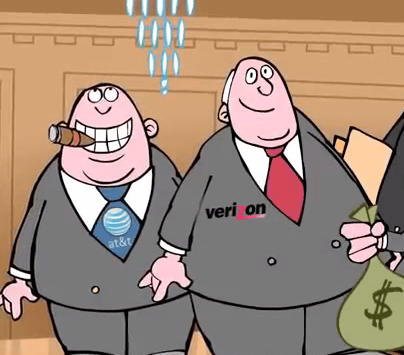 Cicconi would be pleased to see someone like former Tennessee congressman Harold Ford, Jr., take a seat at the FCC under a future Clinton Administration instead. Ford has served as an honorary co-chairman of Broadband for America, an industry-sponsored astroturf operation, for most of Obama’s two terms in office. He remains a close friend of both Bill and Hillary and is never far from the public eye, turning up regularly on MSNBC.
Cicconi would be pleased to see someone like former Tennessee congressman Harold Ford, Jr., take a seat at the FCC under a future Clinton Administration instead. Ford has served as an honorary co-chairman of Broadband for America, an industry-sponsored astroturf operation, for most of Obama’s two terms in office. He remains a close friend of both Bill and Hillary and is never far from the public eye, turning up regularly on MSNBC.
Broadband for America supports deregulation, opposes Net Neutrality, and essentially shills for its corporate sponsors. Rep. Ford would likely oppose Net Neutrality and continue support for near-total deregulation.
Verizon has also shown itself to be a Friend of Hillary. Three Verizon vice presidents each donated $2,700 to Hillary for America. They were joined by a senior vice president and another vice president, who gave an additional $1,000, according to Salon. A former Hillary Clinton operative who now lobbies for Verizon donated $2,700 as well, along with another Verizon lobbyist who pitched in $1,000.
While Bernie Sanders joined striking Verizon workers on the picket line, the Clinton campaign was cashing checks worth tens of thousands of dollars from Verizon executives and lobbyists. In May 2013, the telecom company paid Hillary a $225,000 honorarium in return for a speech (the text has not been disclosed) to Verizon executives.
The Clinton Foundation also benefited from Verizon contributions ranging from $100,000-250,000.


 Subscribe
Subscribe A $2 monthly price hike for many longtime Netflix subscribers could cause up to 480,000 customers to cancel the service, according to a Wall Street analyst.
A $2 monthly price hike for many longtime Netflix subscribers could cause up to 480,000 customers to cancel the service, according to a Wall Street analyst.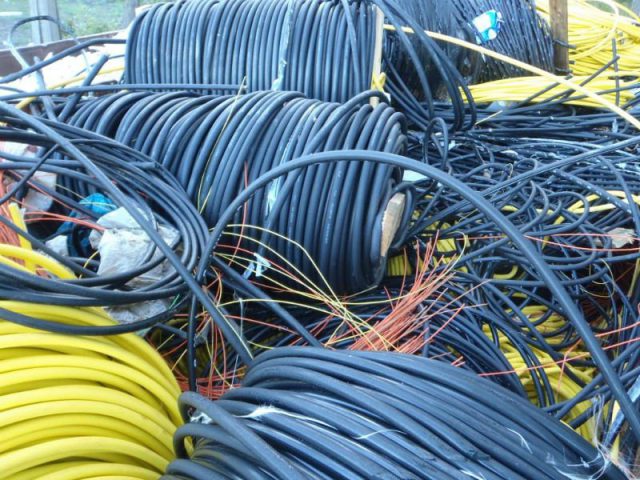
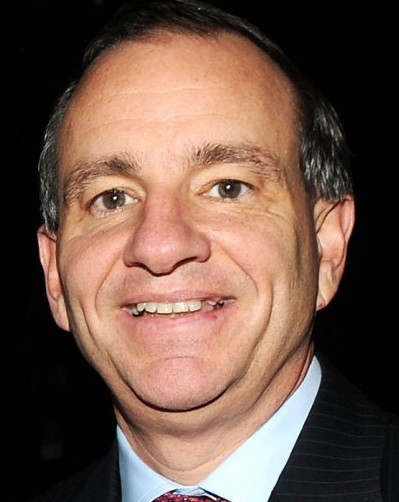
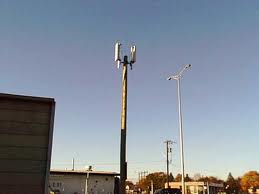
 In other words, it is much easier to justify capital expenses of $300 million on network expansion to Wall Street if you explain it’s primarily for the high-profit wireless side of the business, not to give customers an alternative to Time Warner Cable or Comcast. FiOS powers cell sites as well as much smaller microcells and short-distance antennas designed to manage usage in high traffic neighborhoods.
In other words, it is much easier to justify capital expenses of $300 million on network expansion to Wall Street if you explain it’s primarily for the high-profit wireless side of the business, not to give customers an alternative to Time Warner Cable or Comcast. FiOS powers cell sites as well as much smaller microcells and short-distance antennas designed to manage usage in high traffic neighborhoods.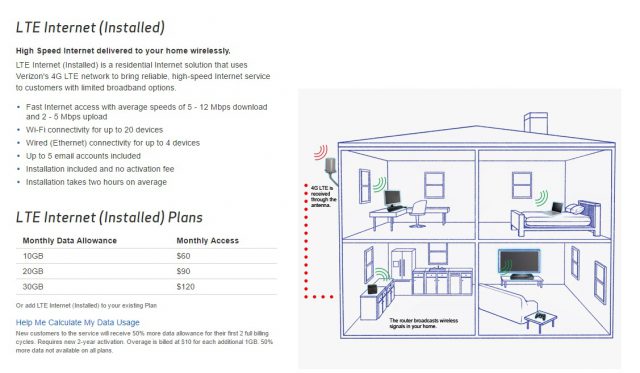
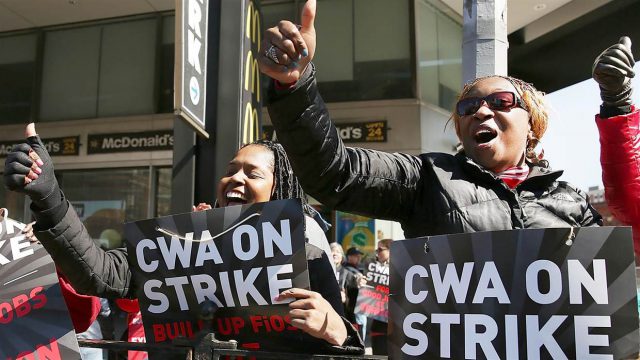 The Communications Workers of America just proved there is strength in numbers. After 39,000 network technicians and customer service representatives employed by Verizon Communications went on strike April 13 after nearly a year without a contract, Wall Street pondered the potential impact of $200 million in lost business for Verizon’s FiOS, phone and television services.
The Communications Workers of America just proved there is strength in numbers. After 39,000 network technicians and customer service representatives employed by Verizon Communications went on strike April 13 after nearly a year without a contract, Wall Street pondered the potential impact of $200 million in lost business for Verizon’s FiOS, phone and television services.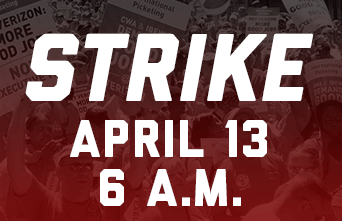
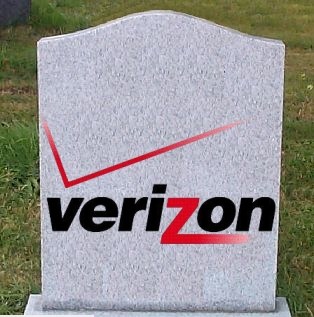
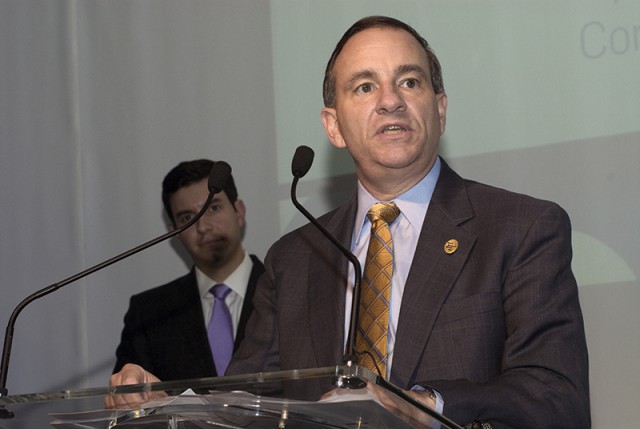
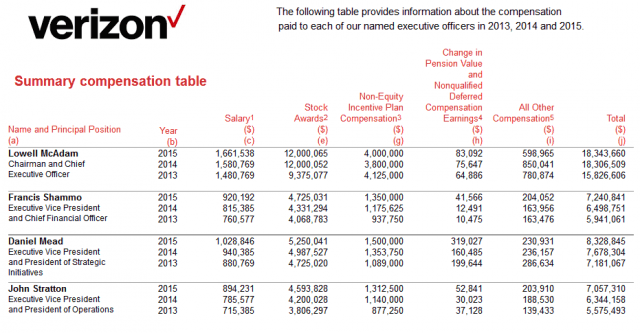
 Dear Members,
Dear Members,

